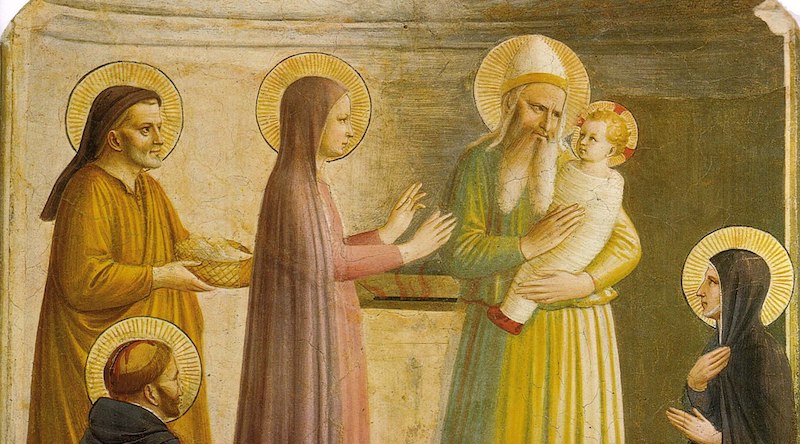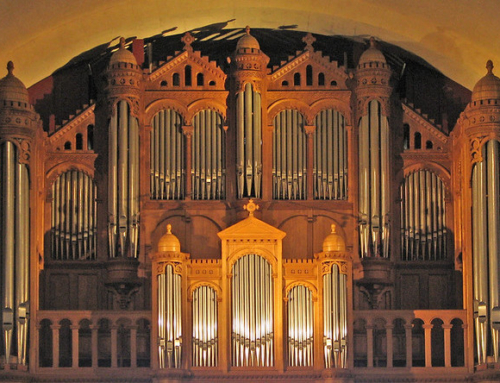What would it have been like to visit Bethlehem during the first week of Christ’s life? This is a question that, perhaps, has entered our mind when looking at a nativity scene or reading the infancy narratives. Even Christmas carols address this question—Christina Rossetti’s “In the Bleak Midwinter” ponders,
If I were a Shepherd, I would give a lamb
If I were a wise man, I would do my part.
On the face of it, this carol’s sentiment may seem a little futile. After all, we are speaking about an event two millennia ago on the other side of the world. Even still, I think these kinds of musings allow us to ponder the Incarnation in a far more intimate way. So let’s consider those figures who saw the infant Jesus.
On Christmas night, the shepherds of Israel were invited to see the newborn King—the first manifestation of Christ to the world. Those poor men, living in the caves of Judea, were invited to adore the Lord by a choir of angels singing gloria in excelsis Deo. The shepherds were transformed by this experience and left the Holy Family praising God (Luke 2:20).
The shepherds were not the only ones who adored the newborn king in the flesh. The Magi from the east were also invited to see Jesus. Invited by the guidance of a star, they knelt down and paid Jesus homage (Matt 2:10-12). These men were not sons of Abraham and did not know the one true God, but God still called them in order to manifest himself. He made it so that “every nation on Earth will adore him” (Psalm 72:11).
This is truly a great reality! All parts of society and all nations come to adore God in the flesh, and yet, there is a greater manifestation of Christ. This manifestation was not announced by the rising of a star in the east, nor by a choir of angels, but by God himself through the Holy Spirit (ST III, q. 36, a. 3, corpus).
The priest Simeon and the Prophetess Anna were not serenaded by an angelic host. They did not ride camels across the middle east to find a boy king. These saints did not get to visit the little town of Bethlehem. But they remained in the house of God. Simeon and Anna were praying in the temple day and night and greeted Mary and Joseph as they brought Jesus into the temple in Jerusalem. Simeon and Anna, like the shepherds and the magi, adored the newborn king (Luke 2:25-38).
Yet their vocation is more perfect, because throughout their whole life they came to know God, and become his friends serving in his temple. So, when they saw him they did not, like Herod or the Magi, confuse him for an earthly King. But Simeon and Anna, filled with the Holy Spirit, greeted Jesus as their Lord.
So how do we fit into the Nativity scene? Where do we belong? Unfortunately there is no star nor choir of angels to lead us to the baby Jesus. But we are not called to be shepards or Magi. We are called to be saints, like Simeon and Anna. For they dwelt in the Holy Temple of God and greeted the Lord as he entered (Mal 3:1). Yet, Simeon and Anna were not just temple-dwellers because they physically remained in the temple, but because by their friendship with God they were transformed into his temples (Eph 2:19-22).
It turns out, “In the Bleak Midwinter” has a bit more to offer than a nice mindset:
What can I give him, poor as I am?
If I were a Shepherd I would give a lamb
If I were a wise man I would do my part
Yet what I can I give him: give my heart.
In these days where we celebrate Our Lord’s nativity, let’s join this carol and offer Jesus our hearts. For he makes our hearts into temples of the Holy Spirit and makes himself manifest in an intimate way beyond any earthly appearance. This manifestation is not merely a momentary and human glimpse at a manger. For we are not called just to adore the baby Jesus for a moment but we are called to be his friends in heaven for all eternity.
✠
Image: Fra Angelico, Presentation of Jesus at the Temple







